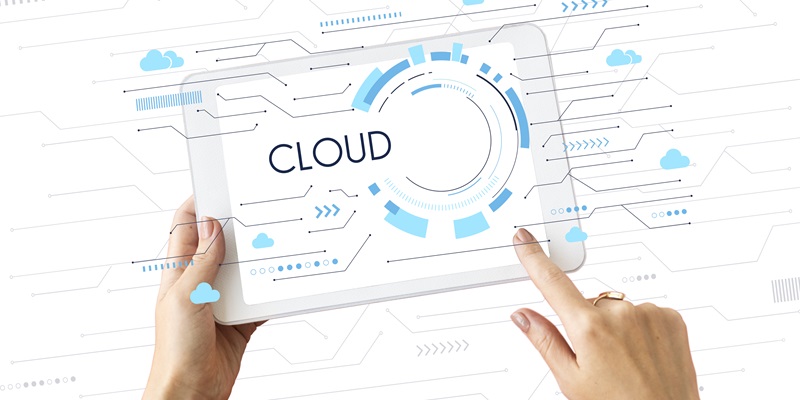The European cloud-native application protection landscape is rapidly evolving, with key players and innovative solutions emerging to address the growing need for robust security measures. As organizations increasingly rely on cloud-native applications to power their digital transformation initiatives, the importance of protecting these applications from cyber threats cannot be overstated. In this article, we will explore the emerging players in the European market, the use of container security platforms, the integration of security with DevSecOps practices, the characteristics of cloud-native applications, and the necessity of cloud-native application protection.
Emerging Players in the European Market
In recent years, several prominent players have emerged in the European cloud-native application protection market. These players offer a range of innovative solutions to safeguard applications from potential vulnerabilities. Their solutions involve proactive threat detection, real-time threat prevention, and enhanced security controls throughout the development lifecycle. By staying abreast of these emerging players, organizations can ensure that their cloud-native applications are well-protected.
Safeguarding Applications with Container Security Platforms
One of the key innovations in cloud-native application protection is the rise of container security platforms. These platforms provide end-to-end protection for containerized applications, addressing the unique security challenges associated with containerization. Leveraging technologies like machine learning and behavioral analysis, container security platforms are able to detect and prevent threats in real time. These platforms offer features such as vulnerability scanning, runtime protection, and access control, ensuring the security of containerized applications.
Integrating Security with DevSecOps Practices
To further enhance security measures, the adoption of DevSecOps practices is gaining traction in the European cloud-native application protection landscape. DevSecOps integrates security into the entire application development lifecycle, ensuring that security controls and processes are embedded from the initial stages of development. By proactively identifying and addressing vulnerabilities early on, organizations can effectively reduce the risk of security breaches. This approach promotes a culture of continuous security improvement throughout the development process.
Understanding Cloud-Native Applications
Cloud-native applications are software applications specifically designed to run on cloud infrastructure. They are built using a microservices architecture, which allows for scalability, flexibility, and rapid deployment. However, their distributed nature and reliance on containers make them attractive targets for hackers. Therefore, it is crucial to implement strong security measures to protect both the applications themselves and the sensitive data they process.
The Importance of Cloud-Native Application Protection
Cloud-native application protection is of utmost importance in today’s rapidly evolving digital landscape. As organizations increasingly adopt cloud-native applications, they become attractive targets for hackers seeking to exploit vulnerabilities. Protecting these applications and the data they handle is crucial to maintaining the integrity, availability, and confidentiality of sensitive information. Implementing robust security measures not only secures applications but also safeguards an organization’s reputation and trustworthiness.
Features of Container Security Platforms
Container security platforms offer specialized features tailored specifically for containerized applications. These platforms employ vulnerability scanning to identify potential weaknesses in containers and their underlying components. Runtime protection ensures that containers are continuously monitored for any suspicious activities or deviations from expected behavior. Access control mechanisms allow organizations to define and enforce policies for container usage, ensuring that only authorized individuals can access and interact with containers.
The landscape of European cloud-native application protection is rapidly evolving to address the growing need for robust security measures. Emerging players, container security platforms, and the integration of security with DevSecOps practices are transforming the way organizations protect their cloud-native applications. As the demand for cloud-native applications continues to increase, organizations must prioritize the implementation of proactive security measures to safeguard applications and the sensitive data they handle. By staying ahead of evolving threats and leveraging innovative solutions, organizations can foster a secure and resilient cloud-native ecosystem.

